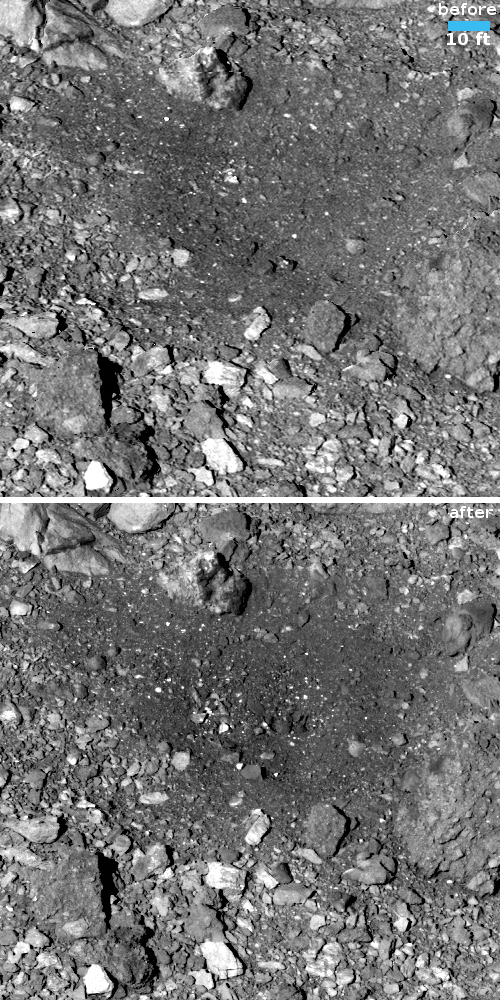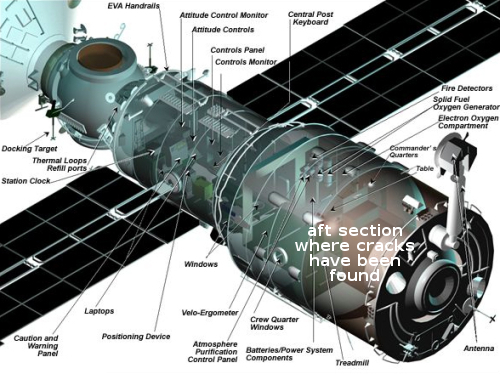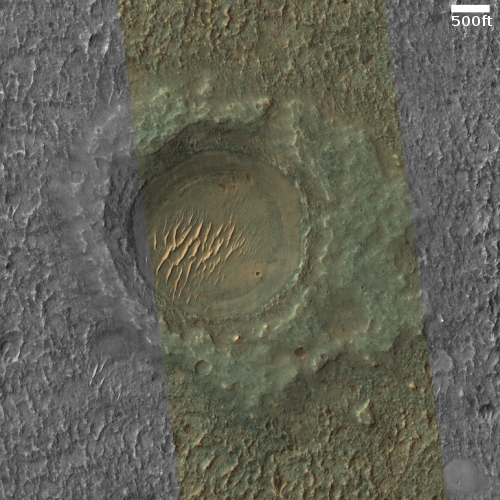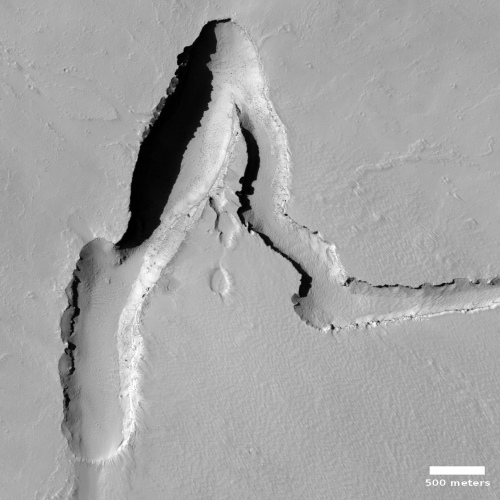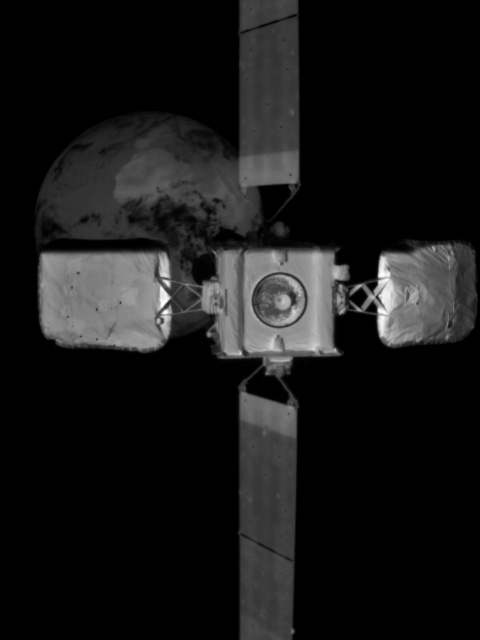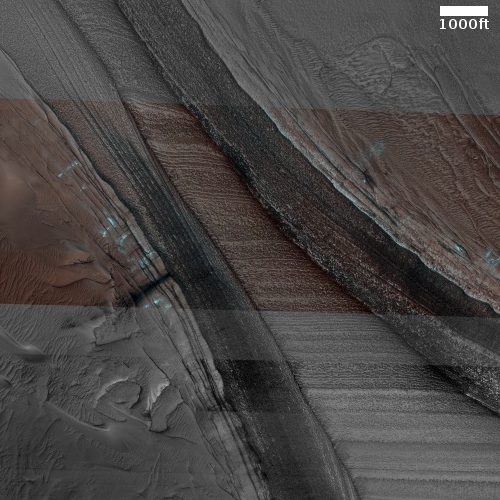InSight pauses science operations to conserve power
The science team for the InSight lander on Mars have been forced to suspend science operations because dust on the solar panels is reducing the available power.
InSight’s solar panels were producing just 27% of their energy capacity in February, when winter was arriving in Elysium Planitia. So NASA decided to start incrementally turning off different instruments on the lander. Soon the robot will go into “hibernation mode,” shutting down all functions that aren’t necessary for its survival.
By pausing its scientific operations, the lander should be able to save enough power to keep its systems warm through the frigid Martian nights, when temperatures can drop to negative-130 degrees Fahrenheit. “The amount of power available over the next few months will really be driven by the weather,” Chuck Scott, InSight’s project manager, said in a statement.
InSight is still in good condition – it’s even using its robotic arm – but the risk of a potentially fatal power failure is ever-present. If the lander’s batteries die, it might never recover.
As with the rovers Spirit and Opportunity, InSight engineers have depended on periodic strong wind events to periodically clean off the solar panels. Unfortunately, these events are somewhat random, and for the past few months none have occurred.
Note: the article at the link says that winter was arriving at InSight’s location in February, but this is incorrect. InSight sits at about 4 degrees north latitude. In February the end of winter was approaching in the northern hemisphere. More to the point, sitting at the equator you wouldn’t really expect InSight to experience much seasonal changes regardless.
It therefore seems that these issues had less to do with the seasons and much more to do with the accumulating dust on the panels.
The science team for the InSight lander on Mars have been forced to suspend science operations because dust on the solar panels is reducing the available power.
InSight’s solar panels were producing just 27% of their energy capacity in February, when winter was arriving in Elysium Planitia. So NASA decided to start incrementally turning off different instruments on the lander. Soon the robot will go into “hibernation mode,” shutting down all functions that aren’t necessary for its survival.
By pausing its scientific operations, the lander should be able to save enough power to keep its systems warm through the frigid Martian nights, when temperatures can drop to negative-130 degrees Fahrenheit. “The amount of power available over the next few months will really be driven by the weather,” Chuck Scott, InSight’s project manager, said in a statement.
InSight is still in good condition – it’s even using its robotic arm – but the risk of a potentially fatal power failure is ever-present. If the lander’s batteries die, it might never recover.
As with the rovers Spirit and Opportunity, InSight engineers have depended on periodic strong wind events to periodically clean off the solar panels. Unfortunately, these events are somewhat random, and for the past few months none have occurred.
Note: the article at the link says that winter was arriving at InSight’s location in February, but this is incorrect. InSight sits at about 4 degrees north latitude. In February the end of winter was approaching in the northern hemisphere. More to the point, sitting at the equator you wouldn’t really expect InSight to experience much seasonal changes regardless.
It therefore seems that these issues had less to do with the seasons and much more to do with the accumulating dust on the panels.


